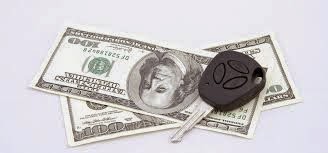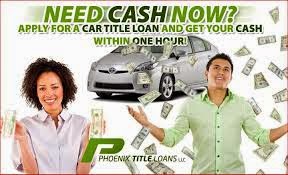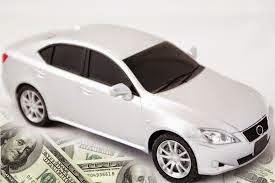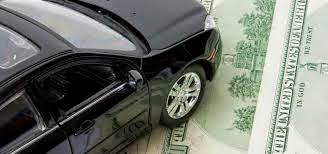
Auto Pawn Loans
NEW YORK -- The zero-percent car loan is less than half as common as it was four years ago, but U.S. consumers who find such deals can expect to save $3,500 on average, an Edmunds.com analysis shows.
"Sometimes consumers think zero-percent loans are some sort of scam, but they're actually legitimate. It's not a 'bait-and-switch' situation," says Jessica Caldwell of Edmunds, a car-buying site that recently studied zero-percent deals in depth.
Sometimes consumers think zero-percent loans are some sort of scam, but they're actually legitimate.
Dealers and automakers often use zero-percent financing to attract shoppers to certain car brands or models, typically offering buyers with good credit three to five years to pay off purchases using interest-free loans.
These deals can cost manufacturers less money than cash rebates or special leases, but still save consumers big bucks.
For instance, Edmunds estimates that shoppers who got zero-percent financing during 2014's first nine months will save $3,554 on average when compared with what those who got regular financing will spend on interest over their loans' lifetimes. (The firm found that the average loan taken out during the period had a 4.31 percent interest rate, a $28,000 principal and a 67-month term.)
Caldwell adds that this year's savings are actually small in historic terms because of today's low interest rates. For instance, consumers who got zero-percent deals in 2007 typically saved around $6,000 on financing, as regular loan rates averaged 7.3 percent then.
Fewer Zero-Interest Loans
But Edmunds also found that zero-percent loans are harder to come by these days, accounting for just 1zero-percent of all dealer-provided financing.
That's way down from the 23 percent that interest-free financing represented in March 2010, when Toyota offered lots of special incentives amid the Japanese automaker's "sudden-acceleration" scandal.
Caldwell attributes today's paucity of interest-free loans to the fact that financing deals usually give only automakers a brief sales "pop" rather than a sustained revenue increase.
Edmunds also discovered that the odds of getting a zero-percent deal vary greatly depending on where you live and what kind of car you buy.
For example, the firm found that 19 percent of dealer-financed van buyers got zero-percent financing during 2014's first nine months, compared with just of 3 percent of those who bought luxury vehicles.
Take our free
online course on:
How to Buy a CarStart Now ?View all Courses
Caldwell says automakers offer lots of interest-free loans on vans to attract business customers, but tend to put more money into leasing deals when it comes to luxury cars.
Edmunds' analysis also found that:
Just 4 percent of pickup-truck buyers got zero-percent financing during 2014's first three quarters. Caldwell says that's because truck buyers typically prefer cash rebates to no-interest loans.
Demographic Differences
People in the Heartland get lots of zero-percent deals. Edmunds discovered that states with the largest share of interest-free loans during the study period were Kentucky (16.7 percent of all dealer-financed sales), Wisconsin (16 percent), Illinois (14.2 percent), Nebraska (13.9 percent) and Iowa (13.7 percent). Caldwell theorizes that financing deals appeal to Middle Americans who buy and hold cars for years and appreciate long-term zero-percent loans.
Interest-free deals made up the tiniest share of dealer-financed sales in Alaska (1.6 percent), Hawaii (4.5 percent), Louisiana (5.1 percent), Georgia (5.3 percent) and Florida (5.3 percent) during 2014's first nine months. Caldwell ascribes Alaska and Hawaii's low level of zero-percent loans to an overall dearth of incentives in those hard-to-reach markets. As for the other states, she suspects a below-average number of Southeasterners have good enough credit to qualify for zero-percent loans.
What about situations where automakers offer consumers their choice of zero-percent financing, a big cash rebate or a low-cost lease on a given car?
Caldwell says which deal to take depends on a consumer's individual circumstances.
"If you're a 'buy-and-hold'-type person, financing a car at zero-percent for 60 months might make more sense than taking a rebate or lease deal," she says.
The analyst says online tools can help consumers decide which offer to go for. For instance, Edmunds has a calculator that specifically compares rebates to low-interest loans.
Auto Pawn Loans







